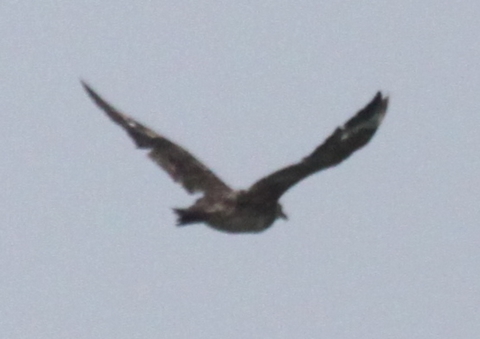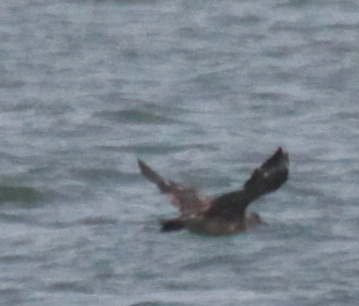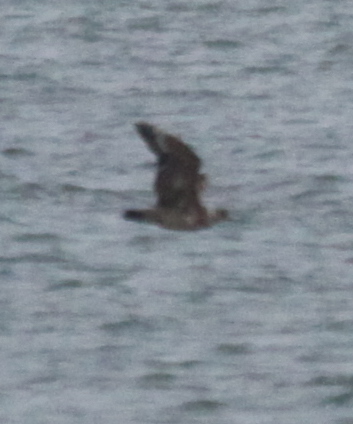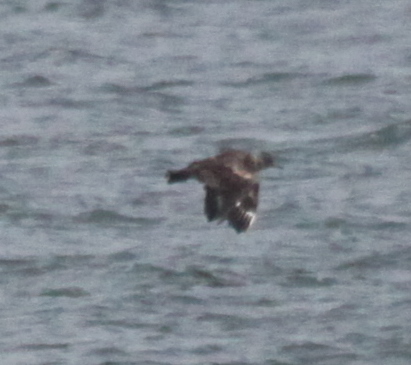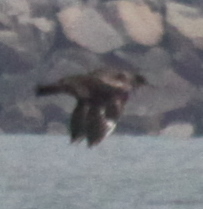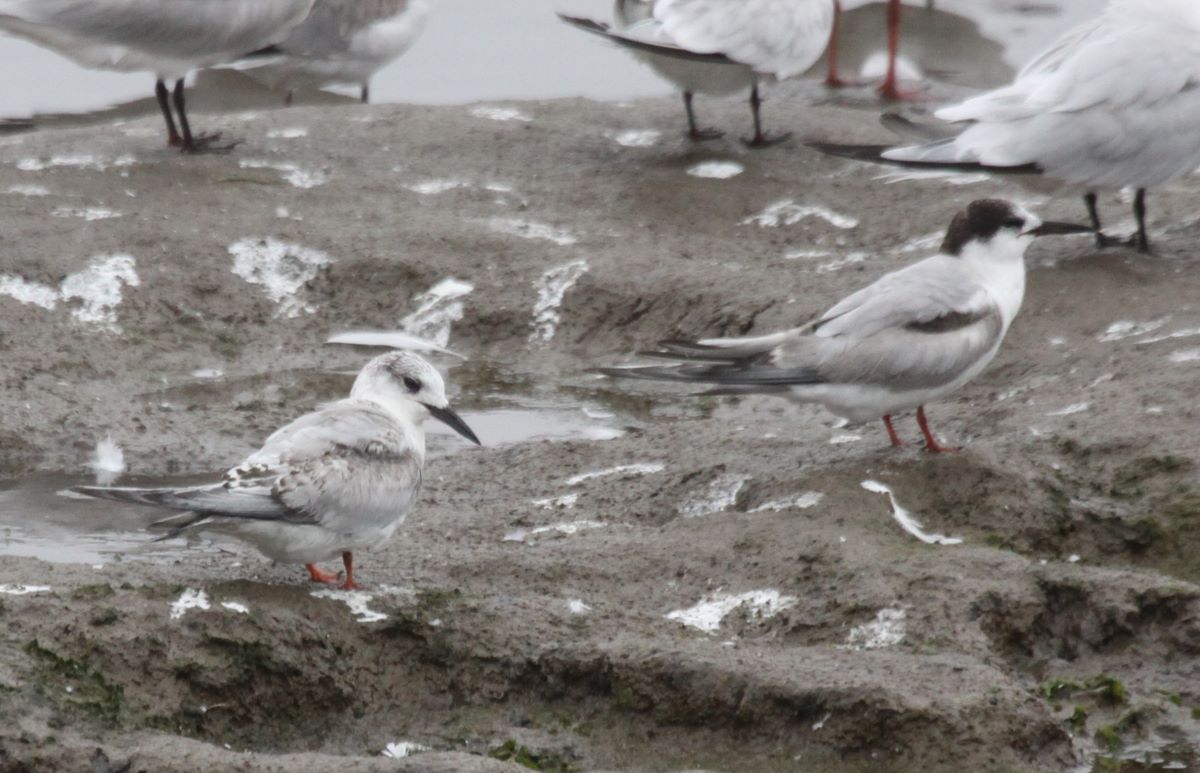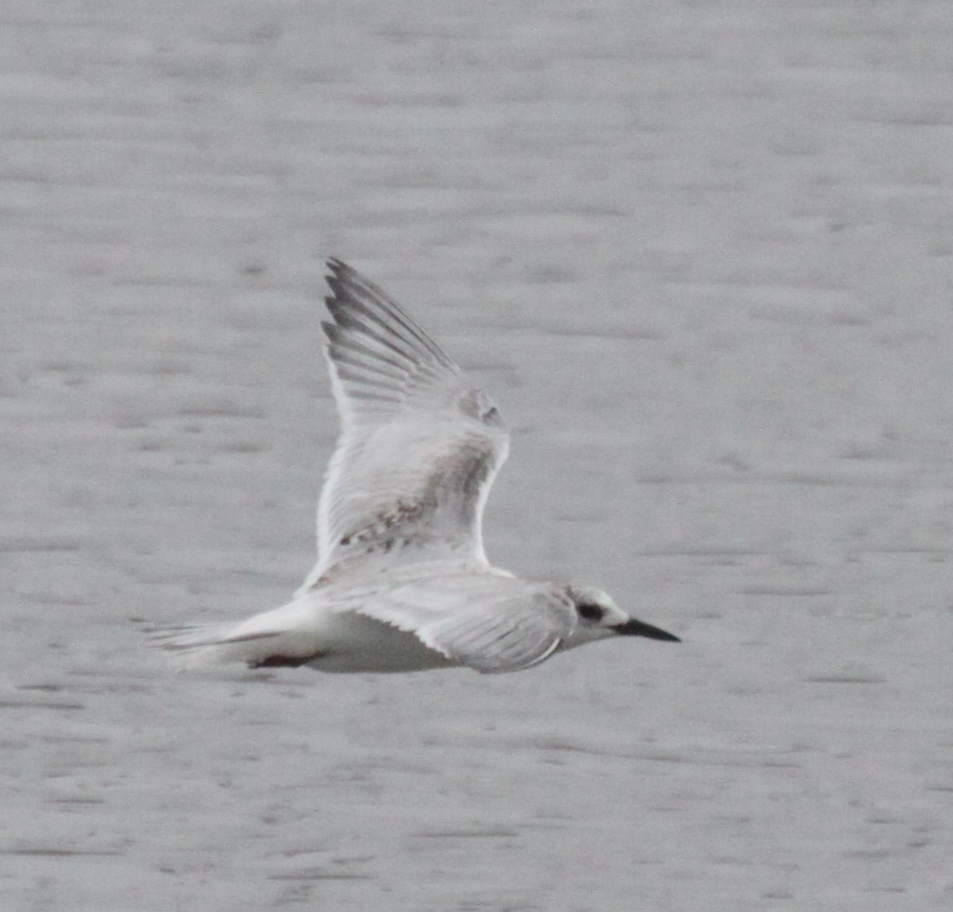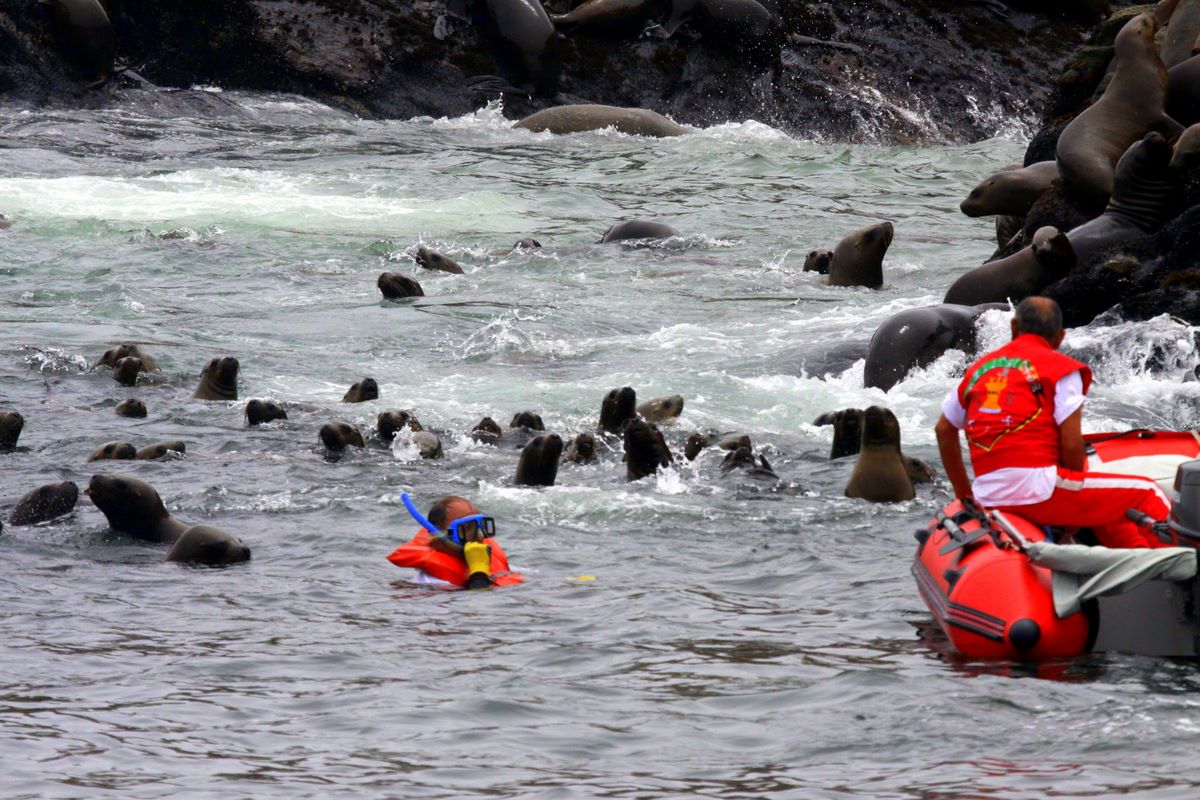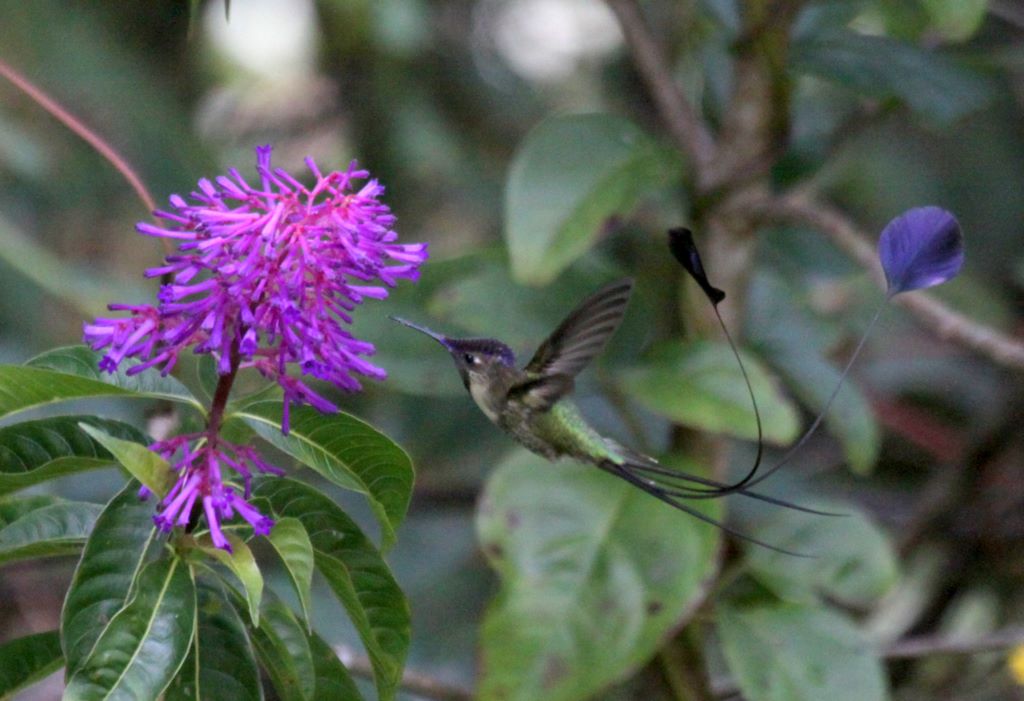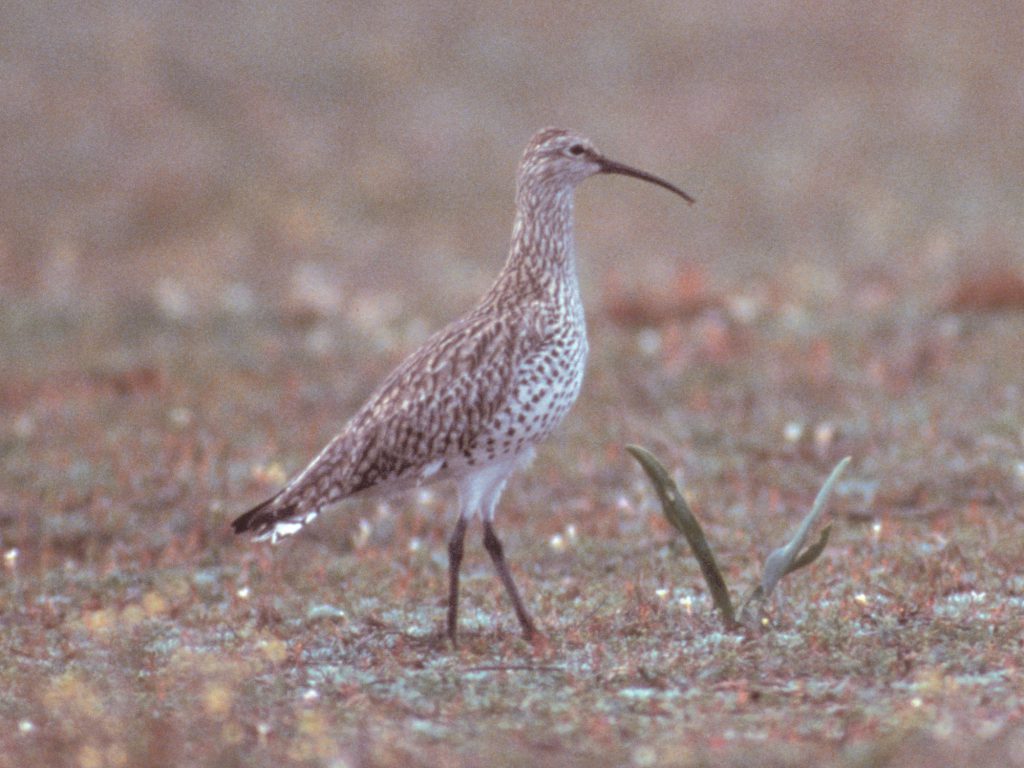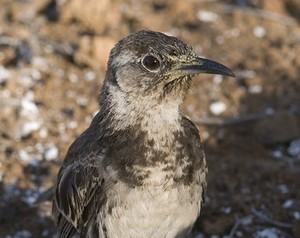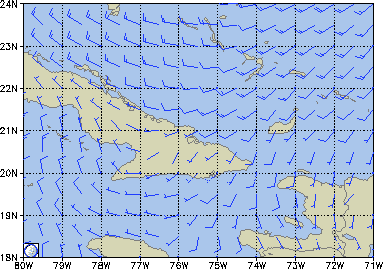Customize your own News feed.

When you have as many Facebook friends as I do, neither the default News Feed or Live Feed is good for me. I custom-made a feed to be my default feed containing the people that recently have interacted with me. This post teaches you how.
News Feed and Live Feed.
Open Home in upper left corner of Facebook. In the left column you shall see News Feed on top. When clicking that you will see the feed that FB think you are interested in. This feed pretty much replaces the “Highlights” that used to appear on the right column in the Home area on Facebook. It is thought that News Feed will be a more static feed of things you are interested in, based on your past activity. It is a place to check on the important stuff posted the last 24 hours and gives you a chance to catch up.
It is possible to wobble to see Live Feed – the feed in real time from everyone. This is a bit too overwhelming, though and often contain stuff from Facebook friends that you may not be connecting that much with.
I am interested in interacting with people that have interacted with me. Therefore, I have custom-made a feed and created a new list of selected friends and put this feed on top. When I open Facebook, I will immediately see the feed from friends that have taken their time to comment on my links and status updates on Facebook.
Step by step instructions to create a customized feed.
1. At the bottom of the left column you shall see the button “more”. Click it!
2. At the bottom of the expanded column is “create list”. Click it.
3. If you have a second window with your Facebook Profile open you will see all the people that have commented and “liked” your posts. I selected all these and made a new list.
4. Once the list is created you can drag it to the top of the side column.
5. Add new people as they comment on your profile wall, by clicking the little edit pen on the feed. It helps having two windows open when you do this step as well. There is a little search window that is very convenient to use. Just tape in the first few letters of your friend name and his/her icon will show immediately.
Other nuisances in the feeds.
Apps and games of course. Most apps and games on Facebook are a waste of my time in my opinion. And getting notes in the feeds whenever Facebook friends use an app or some achievement in Mafia Wars becomes quite overwhelming. However, they are easy to get rid of. Just click “Hide” in the upper right corner of the the note in the feed and that shall be the last time you see that app or game. It has to be done quite frequently to start with, but soon your feed will be almost clean.
One app I do like though and is very useful to me is Networked Blogs. It is an excellent app that both drives traffic to your blog and makes you discover other blogs without being intrusive.
If you have this app I suggest you also drag the Networked Blogs feed high up in the column so you check the blogs you follow once in a while. And leave a comment! Everyone likes to receive comments to their blogs.
Related topics from my blog.
Facebook logo by Topgold

